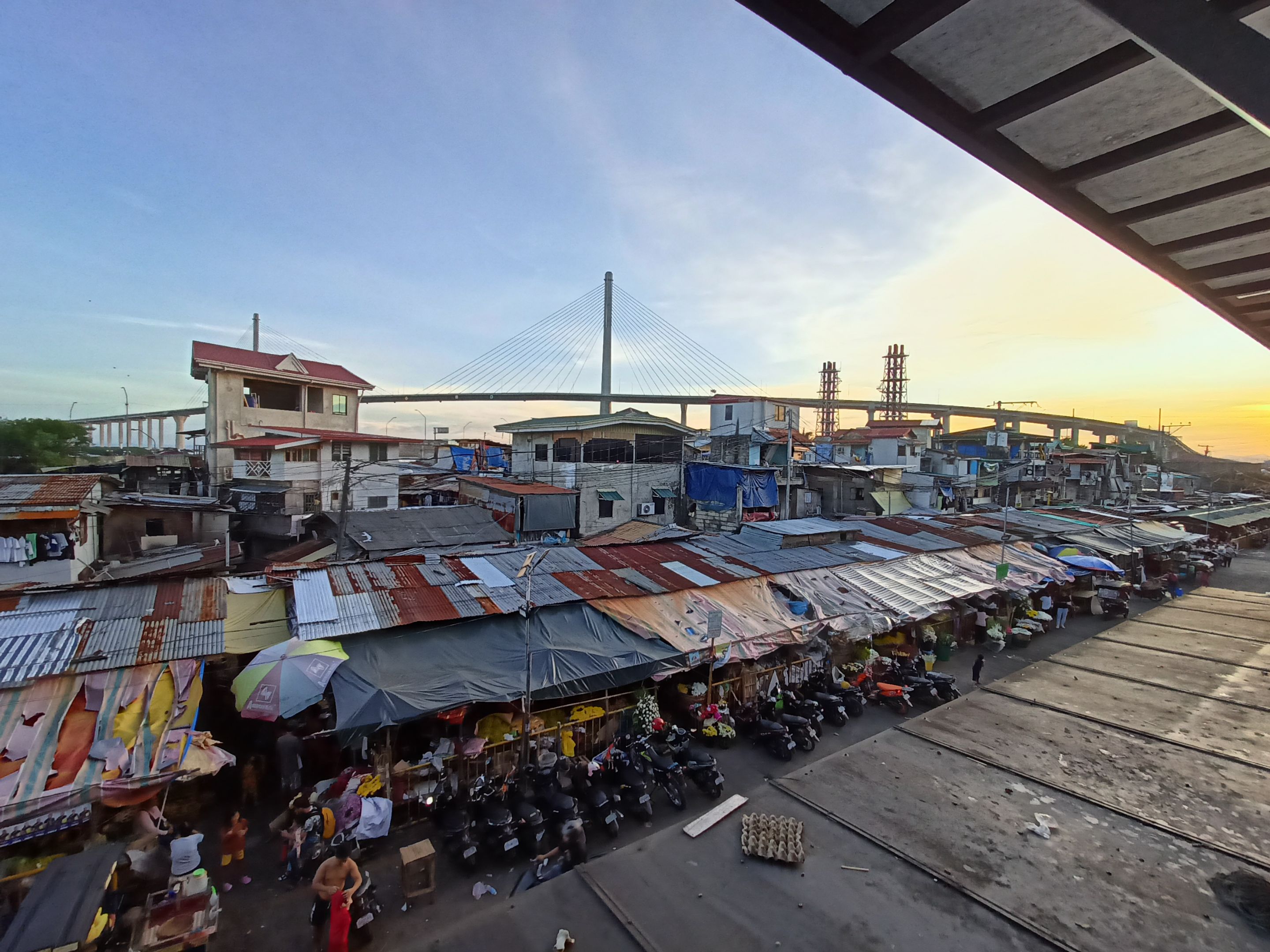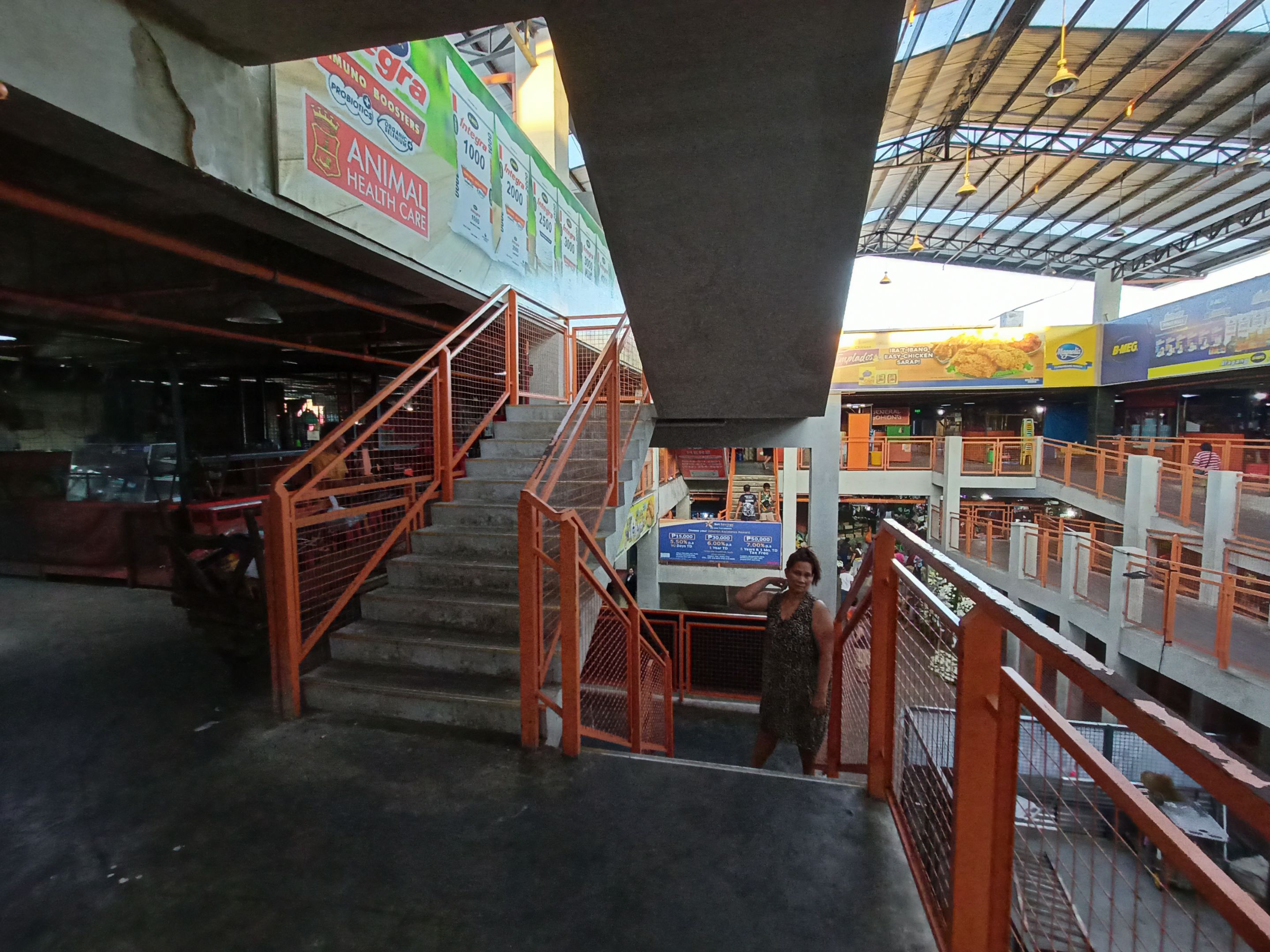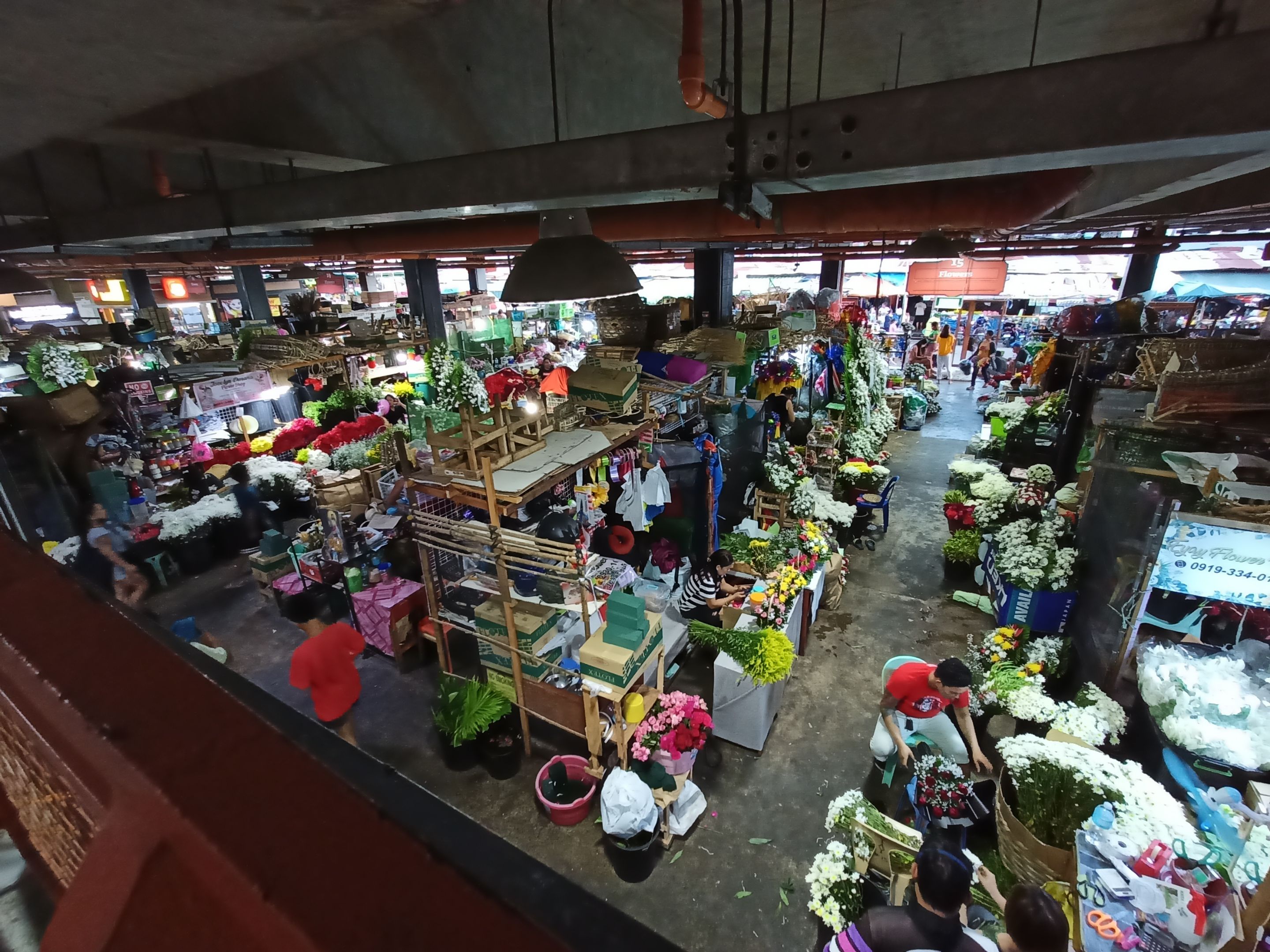Unsung Heroes

Behind the scenes. Despite the common usage of this specific terminology in fictional literature and the filmmaking industry, it also portrays several real-life implications. Doesn't it?
A traditional market is one of them, in my opinion. Most urban centers worldwide host these special environments since this is where people buy and sell dry and wet goods daily. Commodities such as meat, poultry, fish, vegetables, spices, fruits, and other common products are traded here. This is quite a familiar location because most of us have been here. True?

Although highly developed nations have sophisticated markets with excellent infrastructure to serve the public, some developing countries sadly don’t possess that luxury. In fact, their city markets have extremely poor conditions, are disorganized, and are on the verge of deterioration. Would you really enjoy shopping in these dilapidated, dirty, and unwelcoming places, let alone worry about your personal security? I don’t think so.


Fortunately, concrete measures have been taken to improve today’s city marketplaces. Low-quality wooden structures, rusty roofing sheets together with substandard materials that used to house market stalls and other concession spaces have now been replaced by better building improvements.
However, as much as our concern for urban markets’ overall architecture, design, and construction are equally vital for their successful operations, let’s not ignore one if not the most valuable ingredient of them all.
The market vendors! How could we forget them?



A huge majority of these market sellers, merchants, and traders are not permanent city residents, but are originally farmers, mountain dwellers, or individuals involved in the agricultural sector.
They typically live in faraway provinces, countryside habitats, and rugged farmlands, having no choice but to travel everyday to the city to make ends meet just to survive. Some of them even sleep in their respective spots inside these gloomy markets during the weekdays and go home during the weekends!


Because the marketplace is their primary source of livelihood, they risk everything just to financially support and feed their families. Amidst the hustle and bustle of city life, they work tirelessly behind closed doors without demanding attention, recognition, or praise. We may not notice them while pursuing our daily routines, yet their private activities directly affect our local culture and the economy in general.
A city’s human population will eventually starve to death without the humble contributions of a traditional market!


For instance, if a thriving metropolis was a star-studded movie, these market vendors would probably be one of the film’s protagonists, a crucial role for the project’s favorable outcome. Despite their ordinary work, they are considered fundamental pillars - serving as reinforcing foundations for a city’s long-term sustainability. Now, isn’t that an extraordinary feat?
What else?
These city markets have evolved to become critical channels that bridge rural and urban communities. And with the respectable human beings manning their daily operations, they are also society's architectural, cultural, and economic movers, paving the way to better shopping experiences for current and future generations.
In other words, these market vendors are the invisible characters who labor, toil, and produce valuable goods for the ultimate survival of humanity. Hence, they absolutely deserve our sincere empathy, support, and appreciation!

Are you still wondering where some of our unsung heroes are lurking? Drop by your city market soon and see for yourself!
Meet the Author
Self-Expression Empowers Human Evolution™
Copyright © 2020-2025 storiesoferne.
All rights reserved.











Comments